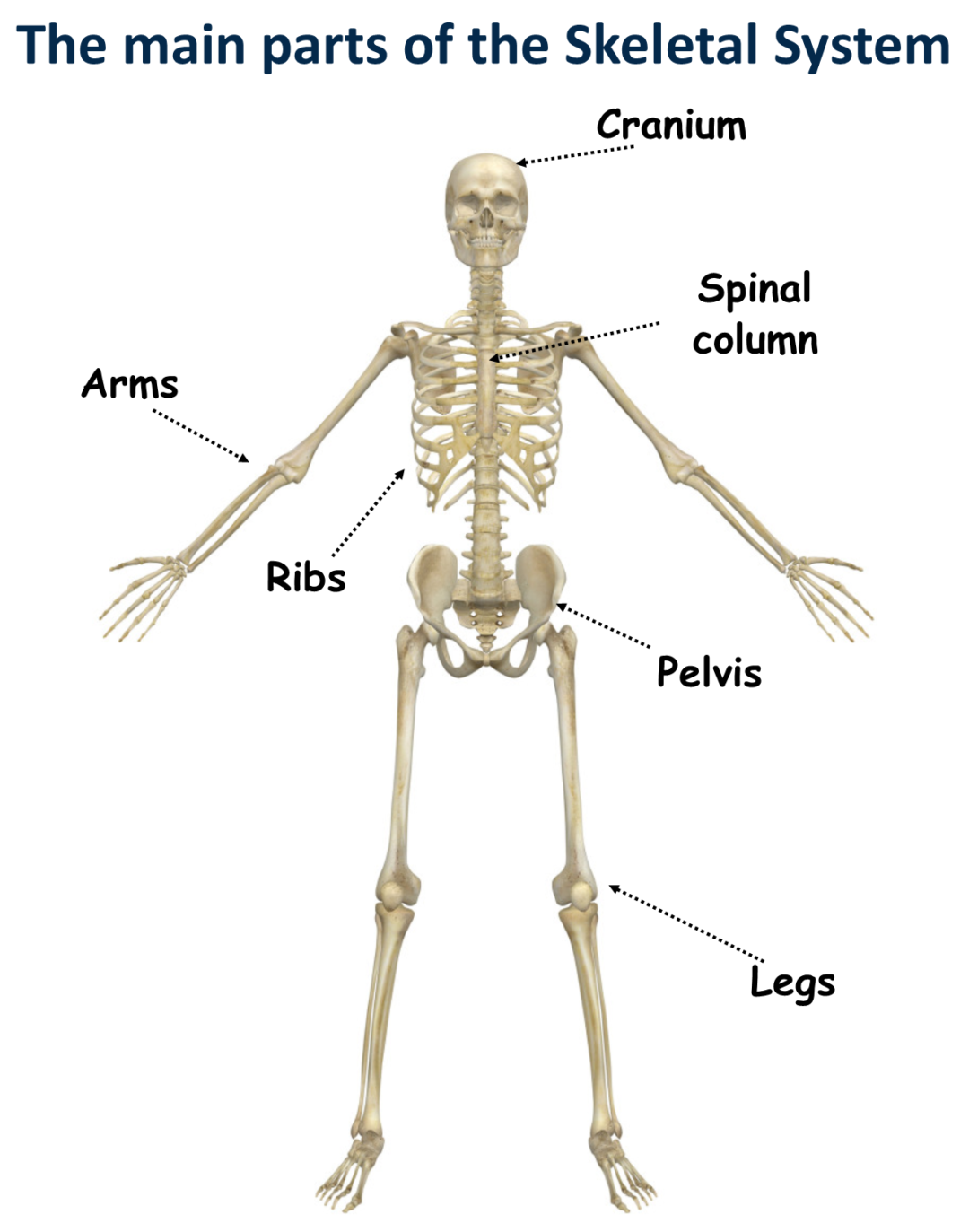When it comes to the human body, bones play a crucial role in providing structure, protection, and support. Among all the bones, one stands out as the largest and strongest, contributing significantly to our ability to move and maintain posture. Understanding the role and importance of this bone can offer insights into how our bodies function and adapt to various physical demands.
So, what is the largest bone in the human body? This question often sparks curiosity among those interested in anatomy and physiology. The answer lies in the femur, also known as the thighbone, which holds the title for being the longest, heaviest, and strongest bone in the human body. Its unique characteristics and functions make it an essential component of our skeletal system.
Exploring the Femur: A Pillar of Strength
The femur, or thighbone, serves as the primary structural support for the human body. Located in the upper leg, it connects the hip joint to the knee joint, playing a pivotal role in enabling movement and bearing weight. Its robust design allows it to withstand significant stress and pressure, making it a critical component of our locomotion.
At the proximal end, the femur features a pyramid-shaped neck that attaches to the spherical head, facilitating smooth rotation within the hip socket. This connection not only provides stability but also enhances flexibility, allowing for a wide range of motion. The distal end of the femur forms part of the knee joint, working in tandem with the tibia and fibula to ensure efficient movement.
Beyond its structural significance, the femur houses bone marrow, which is vital for producing blood cells. This dual functionality underscores the importance of the femur in maintaining overall health and well-being. Its strength and resilience are further enhanced by the surrounding muscles, ligaments, and tendons, which provide additional support and protection.
Understanding the Tibia: The Second Largest Bone
The tibia, commonly referred to as the shinbone, ranks as the second-largest bone in the human body. Positioned in the lower leg, it works alongside the femur to support body weight and facilitate movement. Its prominence in the skeletal system highlights its essential role in maintaining balance and mobility.
As a weight-bearing bone, the tibia contributes significantly to the body's ability to stand and walk. It connects to the knee joint at the proximal end and the ankle joint at the distal end, forming a crucial link in the kinetic chain. This connection enables the transmission of forces from the upper body to the feet, ensuring stable and efficient locomotion.
Despite being slightly shorter and less robust than the femur, the tibia plays a vital role in protecting the underlying structures of the leg. Its position and alignment help distribute stress evenly, reducing the risk of injury and promoting optimal function. Together with the fibula, the tibia forms a strong and flexible framework that supports daily activities.
Functions and Significance of Long Bones
Long bones, such as the femur and tibia, are characterized by their elongated shape and serve multiple functions within the body. Beyond providing structural support, they act as levers, enabling muscles to generate force and produce movement. This mechanical advantage is essential for activities ranging from walking to running and jumping.
In addition to their mechanical roles, long bones house bone marrow, which is responsible for producing red blood cells, white blood cells, and platelets. This hematopoietic function ensures the continuous supply of healthy blood cells, supporting immune function and oxygen transport throughout the body. The presence of compact and spongy bone tissue further enhances their ability to withstand stress and absorb shock.
The interplay between different types of bones, including long bones, short bones, flat bones, and irregular bones, creates a harmonious system that supports the body's diverse needs. By understanding the unique properties and functions of each bone type, we gain a deeper appreciation for the complexity and efficiency of the human skeletal system.

